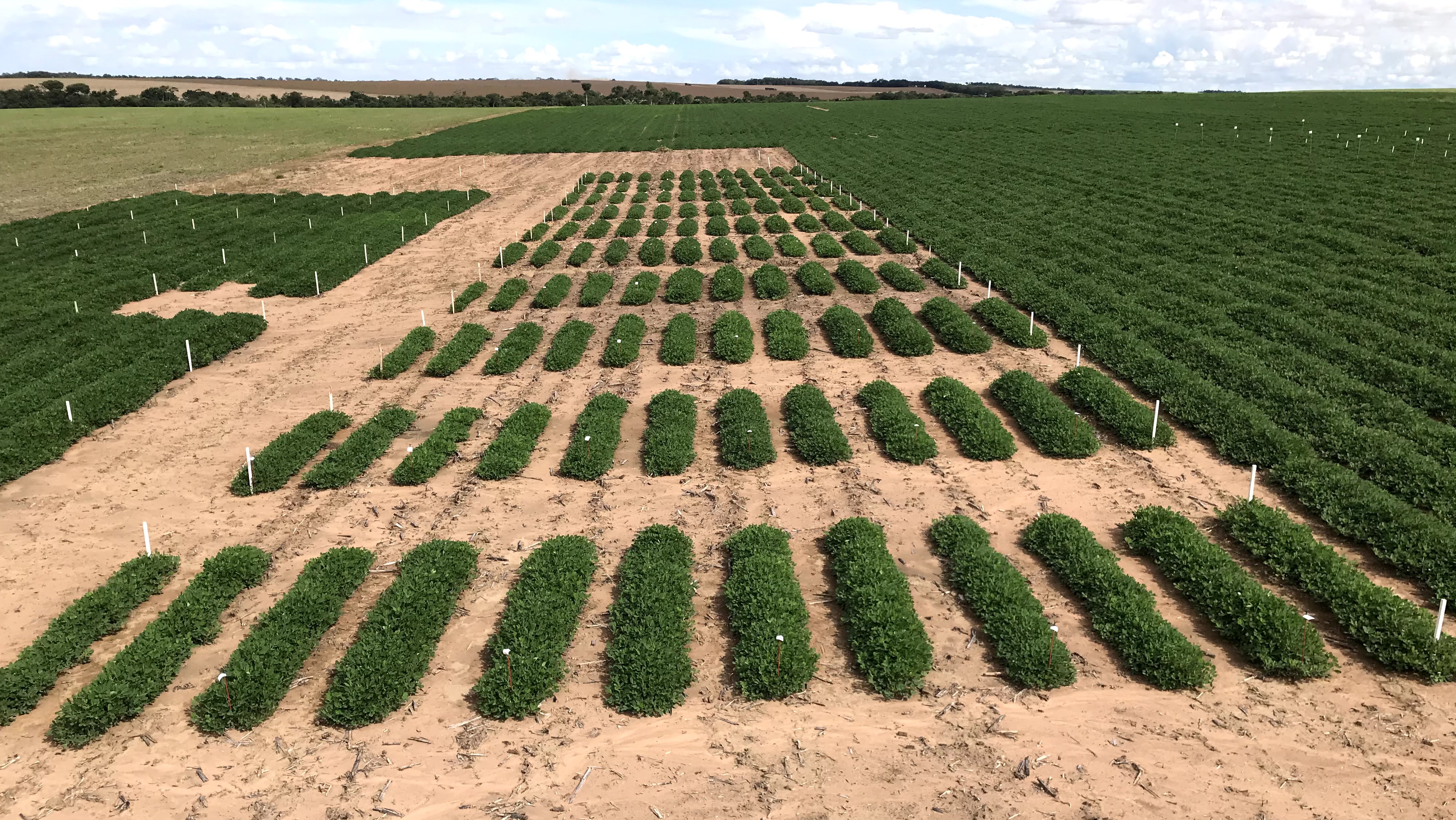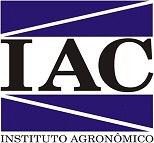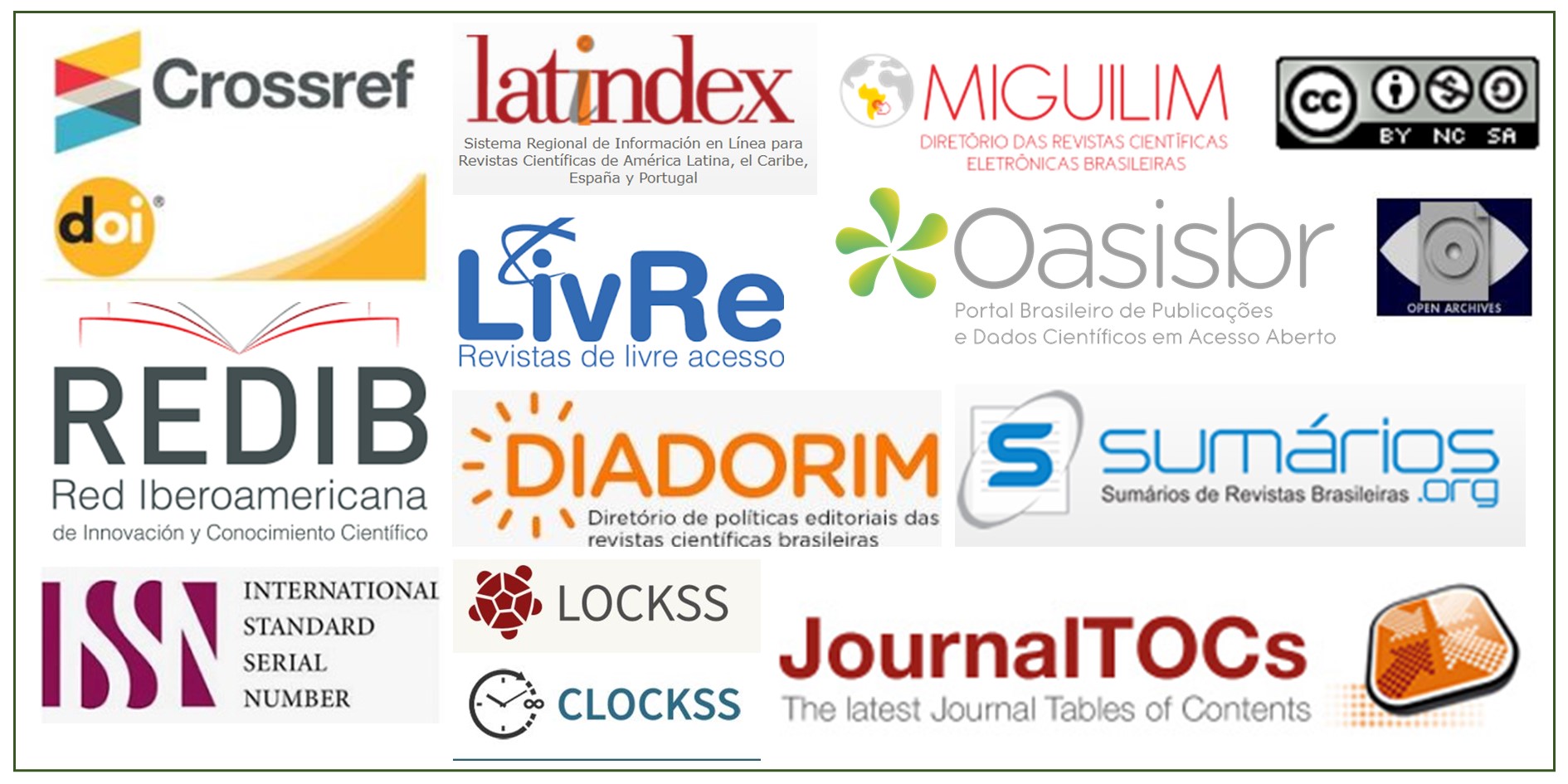Agronomic evaluation of peanut genotypes in northern Mato Grosso state
DOI:
https://doi.org/10.52755/sas.v2iedesp1.123Keywords:
Arachis hypogaea L., Peanut in Mato Grosso, Improvement Program, ProductivityAbstract
This work was developed with the objective of carrying out an agronomic evaluation of peanut genotypes in the Middle North of the state of Mato Grosso. The experiment was carried out in the agricultural year 2020/21 with manual sowing on January 6, 2021, in the experimental area of "‹"‹the Federal Institute of Education, Science and Technology of Mato Grosso – Campus Sorriso, located in the municipality of Sorriso-MT. The experimental design was in randomized blocks, with four replications. The treatments were ten groundnut genotypes, two cultivars: BRS 421 OL, BRS 423 OL and eight lines: 1253 OL, 2055 OL, 2091 OL, 2101 OL, 2110 OL, 2133 OL, 2136 OL and 2259 OL, developed by PMA of EMBRAPA. The plots were composed of two lines of three meters in length, spacing between lines of 0.90 m, interval between plots of two meters and useful plot of 5.4 m2. Black spot severity (Cercosporidium personatum), mass of 100 grains (g), yield (%) and pod yield (kg ha-1 and bushel sacks-1) were evaluated. There was a significant difference between the genotypes evaluated for black spot severity, 100 grain mass, yield and yield. The lowest values of severities were observed in cultivars BRS 421 OL and BRS 423 OL, and the seeds of larger size were also observed in BRS 421 OL. The highest yields were obtained in BRS 421 OL, 2101 OL, 2259 OL, 2055 OL and 1253 OL, with variable seed size among these genotypes.
Downloads

Downloads
Published
How to Cite
Issue
Section
License
Copyright (c) 2021 Dácio Olibone, Jair Heuert, Ana Paula Encide Olibone, Marianitha Mariano Silva Duarte, Sergio Soares Filho, Taís de Moraes Falleiro Suassuna

This work is licensed under a Creative Commons Attribution-NonCommercial-ShareAlike 4.0 International License.
Autores concordam com os seguintes termos:
a) Os autores mantêm os direitos autorais e concedem à revista o direito de primeira publicação, com o trabalho simultaneamente licenciado sob a LicençaAttribution-NonCommercial-ShareAlike 4.0 International, que permite o compartilhamento do trabalho com reconhecimento da autoria e publicação inicial na Revista SAS. A licença permite o uso, a distribuição e a reprodução irrestrita, em qualquer meio, desde que devidamente citada a fonte. Essa licença permite também que outros remixem, adaptem e criem a partir do seu trabalho para fins não comerciais, desde que atribuam a você o devido crédito e que licenciem as novas criações sob termos idênticos.
b) Não cabe aos autores compensação financeira a qualquer título, por artigos ou resenhas publicados na South American Sciences.
c) Os conceitos expressos nos artigos publicados na South American Sciences são de inteira responsabilidade de seus autores.








